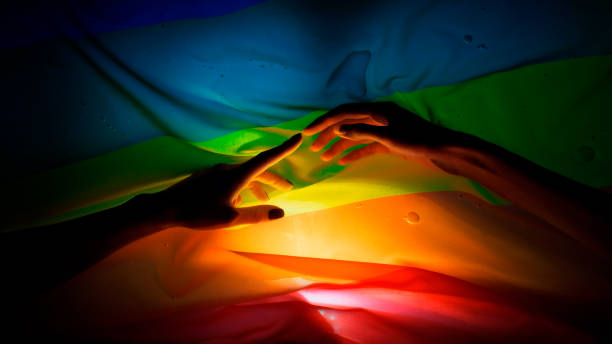Crossdressing is a diverse and personal expression that has been surrounded by various misconceptions over the years. By debunking these myths, we can foster a better understanding and appreciation for the rich tapestry of crossdressing experiences. Here are eight common myths about crossdressers, unraveled for clarity:
1. Myth: Crossdressing is About Sexual Fetishism
Reality: Crossdressing is primarily a form of self-expression and identity. While some may incorporate elements of sexuality into their crossdressing experiences, the broader motivation is often rooted in the desire to explore and embody different aspects of gender expression.
2. Myth: Crossdressers are Confused about Their Gender Identity
Reality: Crossdressers are distinct from individuals experiencing gender dysphoria. Most crossdressers are comfortable with their assigned gender and crossdress for the joy of expressing alternative facets of their identity, free from confusion about their gender.
3. Myth: Crossdressing is Exclusive to LGBTQ+ Individuals
Reality: Crossdressers come from all walks of life and encompass a diverse range of gender identities and sexual orientations. The act of crossdressing itself doesn't determine one's sexual orientation or gender identity.
4. Myth: Crossdressers Want to Undergo Gender Reassignment Surgery
Reality: Many crossdressers are content with their assigned gender and have no desire for gender reassignment surgery. Crossdressing is a form of expression that doesn't necessarily indicate a desire for permanent physical changes.
5. Myth: Crossdressing is a Recent Phenomenon
Reality: Crossdressing has a rich history dating back centuries. It has been present in various cultures and societies, often with different meanings and expressions. Today, crossdressing is a global phenomenon with a diverse and inclusive community.
6. Myth: Crossdressers Are Always Gay
Reality: Sexual orientation and crossdressing are distinct aspects of identity. Crossdressers, like anyone else, can identify as heterosexual, homosexual, bisexual, or any other sexual orientation.
7. Myth: Crossdressing is a Form of Deception
Reality: Crossdressers typically engage in their self-expression in consensual and private settings. The act of crossdressing is not an attempt to deceive others; rather, it's an authentic expression of one's identity.
8. Myth: Crossdressing is a Sign of Mental Illness
Reality: Crossdressing, in and of itself, is not indicative of mental illness. The American Psychiatric Association does not consider crossdressing a mental disorder. Individuals who crossdress should be treated with the same respect and understanding as anyone else.
By dispelling these common myths, we can contribute to a more inclusive and accepting society. Crossdressing is a personal journey of self-expression and identity, and understanding the diverse experiences within the crossdressing community is crucial for fostering empathy and appreciation.

